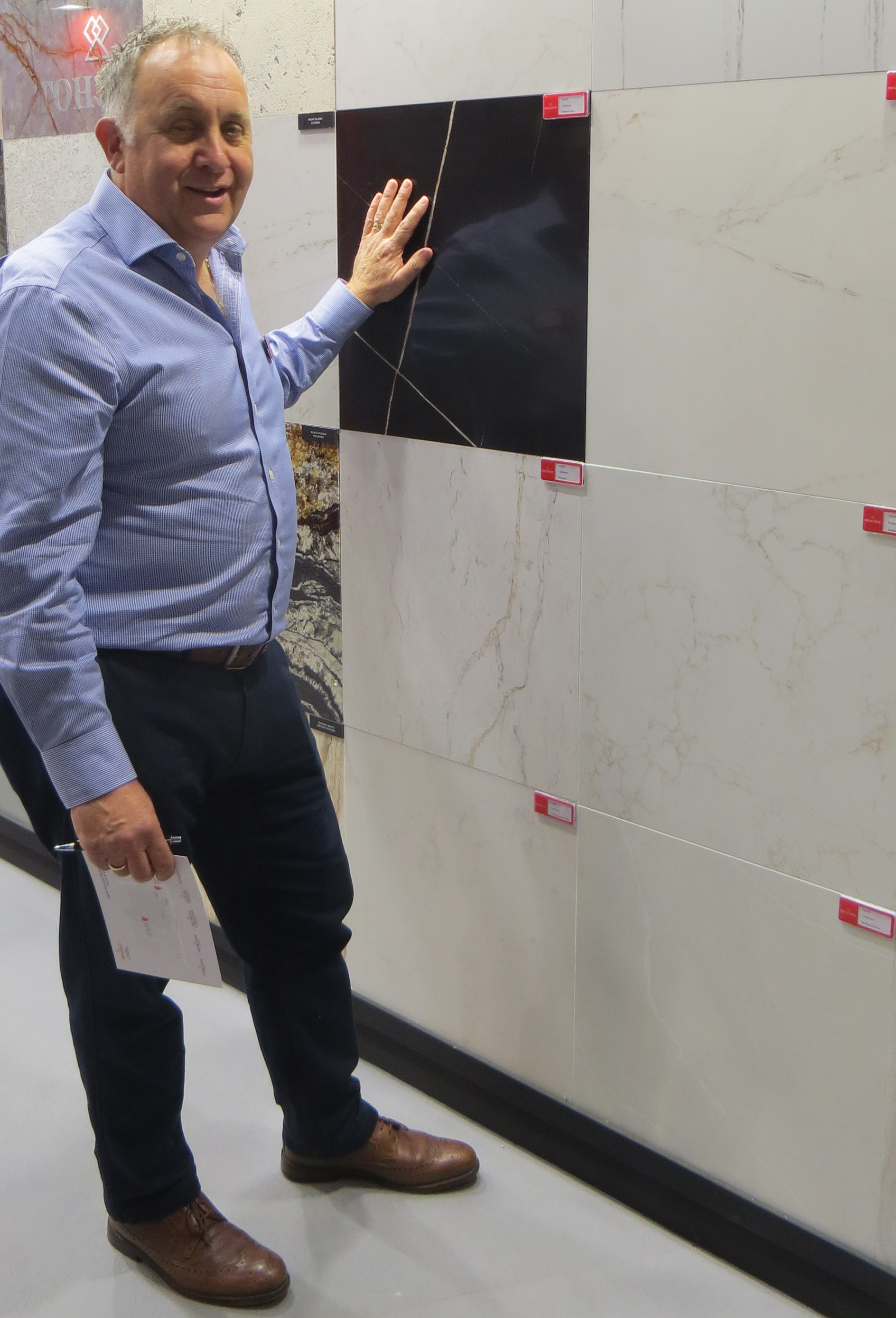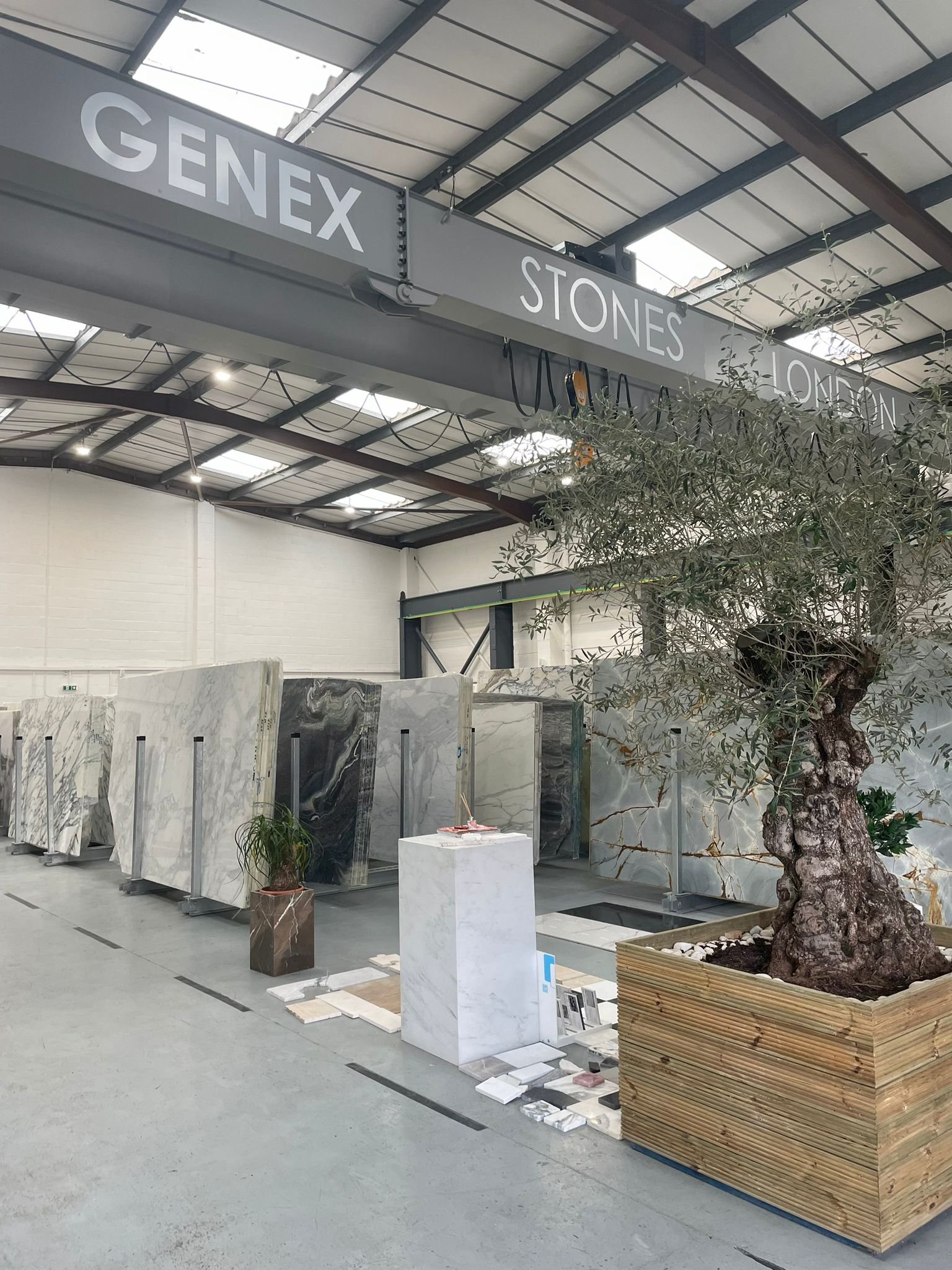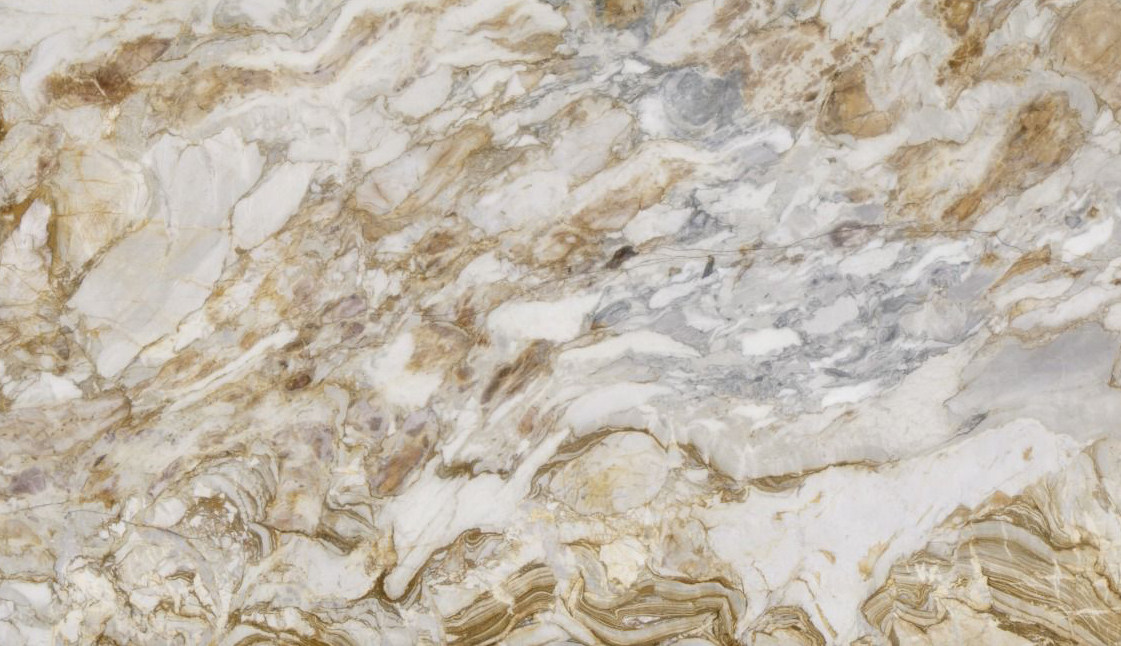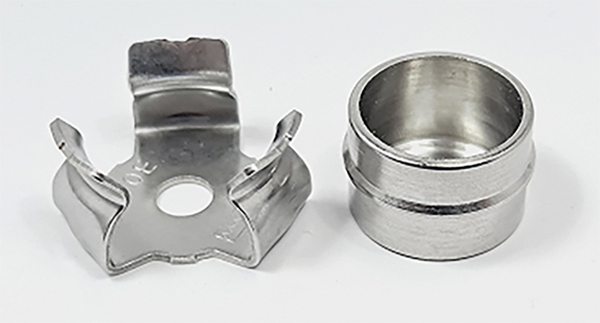Independent stone consultant Robert Merry says if the predicted recession of this year follows the usual patterns of recessions it will be followed by several years of growth. That will mean companies need more people – but where will they come from?
A recession is coming. It has already arrived for some. There were only 1,954 construction projects worth more than £10million at the start of 2023 (source: Chartered Institute of Builders), which is the lowest figure since the pre-pandemic beginning of 2020. There was a huge fall in output across all industries in 2020, of course, due to the country closing down but a surge afterwards, presumably as everyone was catching up.
Recession effects construction differently to other industries. Recovery often takes longer. The Office for National Statistics (ONS) figures show construction output falls more than the GDP of the country and recovers in approximate proportions. So, for instance, analysing the economics of recessions recorded between 2000 and 2009, construction output fell by 19% while GDP dropped by only (only!) 5.9%, measured over five quarters. Conversely, in recovery GDP grew 3.1% while construction grew 15.6% over 11 quarters. A year on the down slope and nearly three years on the up slope, in and out of recession.
There are some precautions we can take to manage the down turn: make sure tenders are accurate and thoroughly assess the risks of the project; Spread the risk where you can – try not to end up working for one client in one sector exclusively; talk to the supply chain to keep everyone updated on your business; openly discuss the risks so you can share information and stay ahead of shortages and slow deliveries.
With the cost of maintaining a factory and the price of energy, a review of your firm’s current productivity and how to improve it could prove invaluable in the months ahead, if you haven’t already done that.
The Construction Products Association (CPA) forecasts a fall in construction output of 4.7% this year. If we apply the logic of the first decade of the 2000s, construction will remain in recession for the rest of this year and start to grow in 2024, continuing on that trajectory for the following three years.
It is unsurprising, therefore, that the Construction Skills Network (CSN) is reporting the industry will need a further 225,000 workers by 2027. I’m not sure where these extra pairs of hands will come from. Perhaps an increase in the retirement age and the encouragement back to work of parents with small children will help, although I think it unlikely in the short term.
The number of vacancies in construction is almost double the number for the same period in 2020, pre-pandemic. Staff shortages are real and present, and will continue to be an issue for firms in the future. Competition will be fierce when it comes to attracting skilled staff.
Designers and contractors might have to turn to off-site and modular component manufacture, which are less labour intensive, although I’m not sure how many opportunities for this there are in stone.
Off-site bathroom pod fabrication is in the market now, but it’s not used a great deal at the high end. Bespoke dimensional stone and interior stone need to be installed on-site and rarely are they fitted to other components prior to delivery.
Tim Balcon, Chief Executive of CITB, in the introduction to the CSN report, said: “…despite current economic uncertainty, recruiting and developing the workforce remains vital to ensure the industry can contribute to economic growth”.
So try not to lose the staff you have. Invest in improving their skills (Mark Priestman’s comments on the right can help). Give your people plenty of reasons to stay with you. Do you have a diversity, equity and inclusion policy? Are you creating an environment of respect and fairness? If you’re not, others will. We have to move with the times or we will be left behind. Stone might be old, but our industry and the way we manage it can’t be if we are to face the challenges of the years ahead.






